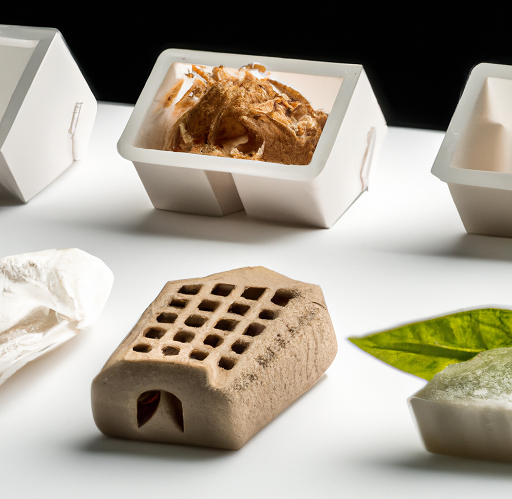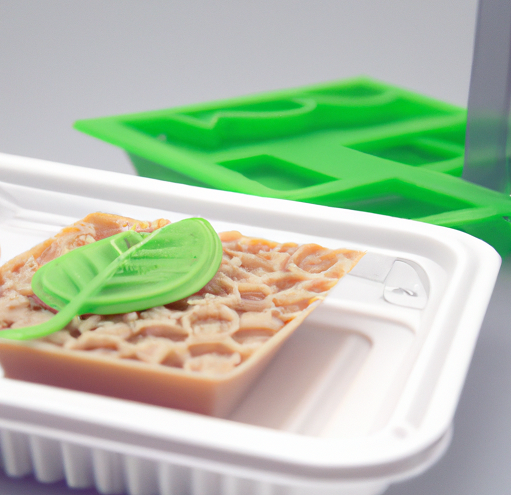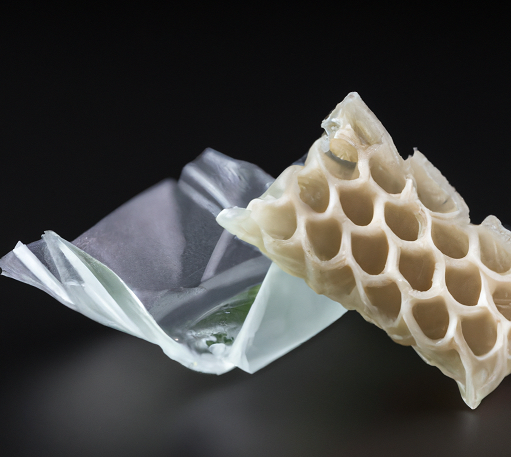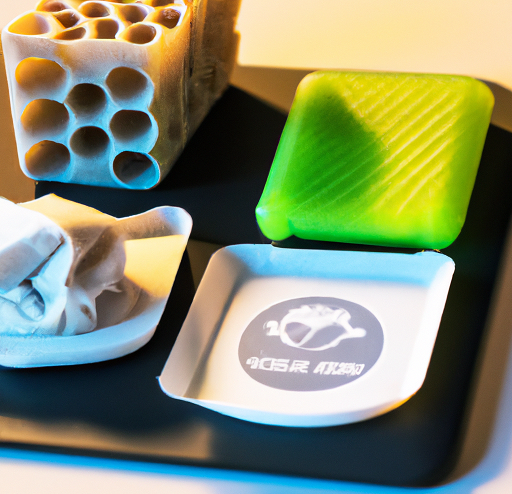Food packaging is the material that is used to contain, protect, preserve, and transport food and beverages. Food packaging plays a crucial role in maintaining the quality, safety, and freshness of the food and protecting it from contamination, moisture, light, and other environmental factors. The current challenges in food packaging include the need for sustainability, convenience, innovation, health and safety, and marketing.
Sustainability
Biodegradable materials are environmentally friendly and break down into natural substances over time. This helps to reduce waste and prevent pollution. Recycling and composting of food packaging can reduce the environmental impact and help conserve resources. Eco-friendly labeling is an effective way to inform consumers about the environmental impact of the food packaging and encourage them to choose products that are more sustainable.
Convenience
Reusable packaging - Reusable packaging can be used multiple times, reducing the need for disposable packaging and saving resources.
Easy to open and store - Packaging that is easy to open and store can provide greater convenience to consumers, making it more appealing to purchase.
Portion control - Packaging that provides portion control can help consumers to better manage their food intake and reduce waste.
Innovation
Smart packaging - Smart packaging is a new technology that incorporates sensors and other components to monitor and provide information about the food and its environment.
Interactive packaging - Interactive packaging involves the use of augmented reality and other interactive features to enhance the consumer experience and provide additional information about the food.
3D printing technology - 3D printing technology can be used to create complex and custom shapes for food packaging, providing greater design flexibility.
Health and Safety
Antimicrobial packaging - Antimicrobial packaging is designed to prevent the growth of bacteria and other microorganisms, ensuring the safety of the food.
Chemical-free packaging - Chemical-free packaging is made without harmful chemicals and is safe for food contact, providing peace of mind for consumers.
Clear labeling of ingredients - Clear labeling of ingredients is important for consumers to make informed decisions about the food they purchase and consume.
Marketing
- Eye-catching design can help to make the food more appealing and increase its sales potential.
- Innovative shapes and sizes can help to make the food stand out and attract attention.
- Brand customization allows food packaging to be tailored to the specific needs and preferences of the brand and its target market.
The future of food packaging is likely to involve continued innovation and an emphasis on sustainability, convenience, health and safety, and marketing. Continuous innovation is important to meet the changing needs and expectations of consumers and to stay ahead of the competition. The ideal food packaging will strike a balance between convenience, sustainability, and health and safety, providing consumers with the best possible experience and outcomes.





